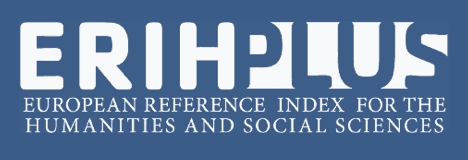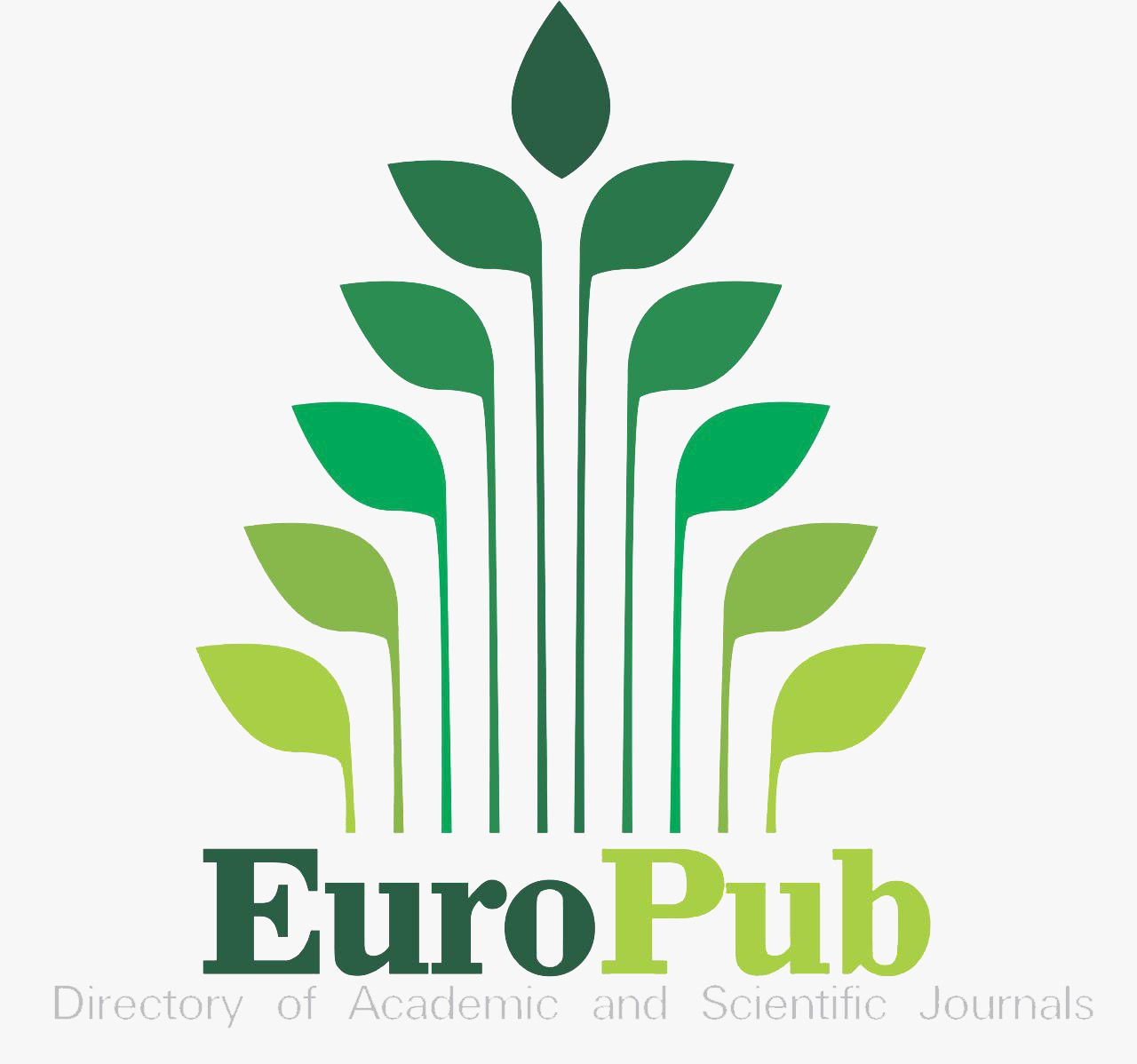Cost and Benefit Analysis of Rice Production between Transplanting and Direct Seeded Method for Rice in Upper Northern Region
Abstract
This research aims to examine rice production costs and returns as well as to focus on reducing inputs used by farmers implementing rice transplanting and direct seeding approaches. By studying the optimal use of agricultural inputs, excessive inputs are used to create a model of expected cost and return in terms of the budget procedure. The research result showed that costs and returns of the farmers reducing the production inputs were higher than those of the farmers not reducing their inputs. Simultaneously, the net return of the first group of farmers was statistically significantly lower. However, when the inputs had been reduced, the production cost of rice growers became lower. Also, the return was slightly higher due to the high production quality. Regarding the research findings, rice growers are suggested that they encourage household members give more importance to rice production in order to increase the potential for rice production with transplanting method which will result in higher production efficiency and higher return.

This work is licensed under a Creative Commons Attribution-NonCommercial 4.0 International License.













.jpg)








